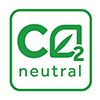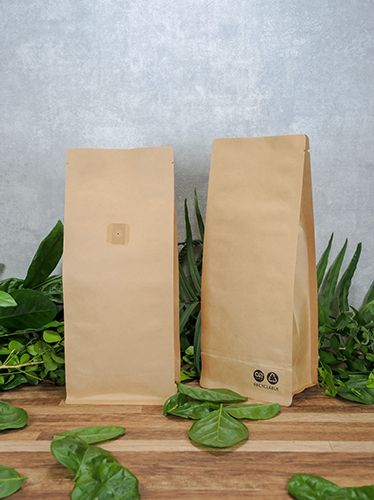Customers rely on product labels for a wealth of information, from best before dates to ingredients and storage guidelines. So, when you’re designing a label for coffee, the information you include, and what you choose to leave out, could make a big difference to the success of your product and the satisfaction of your customers. Not all coffees are labelled the same way, but here’s some information you should include.
Roast date
High-quality coffee packaging should always include the roast date of the product inside, although if you look at supermarket brands, you’re unlikely to get this essential information. This means that consumers have no way of knowing when their coffee was roasted, which is a big part of how the coffee will taste. The fresher the coffee beans, the better they’ll taste – particularly if they’ve already been ground.
Region
UK labelling laws requires producers to include the country the product is from, so this is an important element of any coffee product. But the more specific you can be, in providing the region or even the farm where the coffee was grown, the better it will be for your customers who will value this information. Region plays such a big role in how coffee tastes, and it’s something that coffee enthusiasts look for, so it should be an element of your label design.
Certifications
Coffee certifications are used to indicate the specific farming practices used for the product. It also allows producers to sell their coffee beans at a higher price, as well as informing consumers about the production methods. From Fair Trade certifications and Rainforest Alliance-approved products to Organic, there are various certifications that coffee beans can have, so anything you can include to showcase the quality and fair production practices, the better your product and brand will look.
Flavour notes
When you’re designing a coffee bag, you want to make the product you’re selling as enticing to the customer as possible. One way to do that is to include the flavour notes on the coffee label – each coffee has its own unique flavour profile, and it can be a big selling factor for coffee connoisseurs who want to seek out a certain type of coffee, such as one with a chocolate profile or one with a higher level of acidity and citrusy notes. The flavour of coffee is subjective, so including this information is a selling point customers will enjoy seeing.
Grind size
Your preferred method of brewing coffee will alter the grind size. Grind size changes the speed and efficiency of the extraction process, so slower brewing methods like a French press or pour-over methods require a coarser grind than espresso which uses a fine grind of coffee. In addition to grind size, you may want to include the types of brewing methods the coffee is suited to so that your customers can make the right choice and enjoy the coffee at its best.
Packaging disposal
When your customers are finished with the product, they need to know how to dispose of the packaging. Sustainability and environmentally friendly choices are an increasingly important issue for consumers, so if you’ve chosen recyclable or compostable packaging, you should highlight this to buyers as it could be a unique selling point that encourages them to choose your product over a competitor.
Final thoughts
As with any product, a coffee label plays an important role in the overall packaging design of what you’re selling. Coffee is an ingredient that has so many potential variations, so getting the label right is the key to encouraging consumers to choose your brand over another on the shelves. From the origin of the coffee to the best way to make a delicious cup of coffee with it and how to dispose of the packaging afterwards, these pieces of information will help you create an informative, well-designed label.
To discuss the packaging for your product or to find out more about the services we provide, contact us today.


